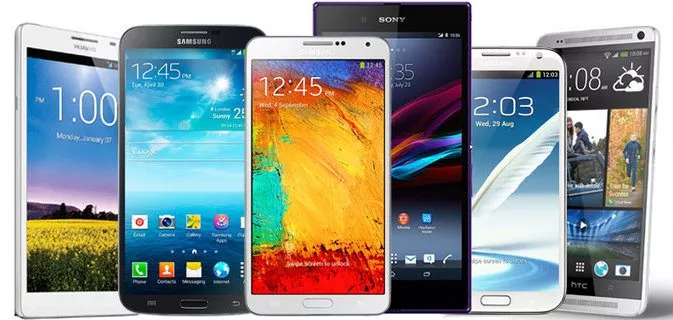António Câmara is a man with a vision.
Despite the widespread adoption of computers and digital technology over the last few decades, how we interact with that technology, and use technology to interact with the world around us has remained largely unchanged. For example, for over 30 years, the primary means of interacting with a computer has been the keyboard and mouse. Certainly there have been updates to the technology – trackpads, for example, have become a popular mouse alternative – but that essential method of interaction remains the same. Even touch screens, perhaps the most widespread change in how people interact with technology, date back to the 1980’s.
However, the widespread adoption and increasing power of smartphones has opened up exciting opportunities for emerging technology; opportunities which Câmara’s company YDreams is exploring. Since its founding in 2000, YDreams has been involved in advancing mobile phone technology. It developed the first location based games with a visual interface and continues to explore the new possibilities for human-computer interaction, augmented reality and robotics that smartphone technology supplies.
YDreams may be based in Portugal, but the company is distinctly involved in the American technology scene. Since one of YDreams’ main goals is to function as an incubator, it has formed strategic partnerships with several American companies and startups. This distributed business model allows it to support emergent technology and pursue multiple avenues of research simultaneously. Much of that research is currently focused on advancing the field of robotics.
Towards that end, its robotics initiatives are separated into two distinct focus areas: robotics for use in urban environments, and robotics for oceanic exploration. Their project utilizes swarm robotics to create a fleet of “robotic butlers” to guide and interact with visitors to the massive .6 square-mile Ciudad Grupo Santander complex. But Santander was only the beginning for YDreams.
Last year, its Ziphius aquatic drone was successfully funded on Kickstarter and garnering high praise from industry insiders. The football-sized aquatic drone can be controlled from an android-powered smartphone or tablet, features an HD camera, and can reach speeds of up to 5.4 Knots. The Raspberry Pi powered Ziphius is targeted at both scientific and consumer markets. The drone can play catch, features augmented reality games, and yet also has scientific uses like marine exploration and environmental monitoring.
The Ziphius drone characterizes how Câmara and YDreams are using robotics to change how we interact with the world around us. And still, this is only the tip of the iceberg. Câmara hopes to change the way people think about home robotics, a field which has been characterized by toys and the Roomba for over half a decade.
According to Câmara, “The next generation of robots will use a smartphone as a brain.” The first of Câmara’s home robotics innovations is an object found in almost every home, the lamp. The robotic lamp, which will be controlled from a smartphone, will be able to react intelligently to lighting conditions and human input. This melding of robotic innovation and common household objects opens the doors for a whole generation of “invisible devices,” says Câmara.
“The functions of these robots will be helpful and entertaining, but you won’t see the robots themselves. You will be able to interact with them in the home environment in a truly ubiquitous computing way. The processors and displays will blend with the home environment.”
Taking an object that people already regularly interact with and giving it “intelligence” might seem like the stuff of science fiction, but the key is the smartphone itself says Câmara. “Smartphones already have intelligence, sensors, and communication capabilities. Basically, most of what you need for a robot is already in a smartphone.”
Rather than attempting to radically re-invent core robotic systems, researchers like Câmara are leveraging the billions of dollars poured into smartphone technology, creating robotics platforms built around the technology that’s already in use. Since the smartphone provides the core “intelligence” for robotics applications, it allows the robots themselves to be much cheaper, opening up avenues for consumer robotics applications that would have been financially impossible before smartphones. Also, widespread smartphone ownership will aid user adoption of new robotic applications, since the central control unit is a device already in use.
Changing the way people interact with their home environments through the use of distributed computing and interactive technology creates numerous opportunities for entrepreneurs, says Câmara. Opportunities for improving human interaction with the world through the use of technology is still in its infancy, but Câmara believes that technology like 3D printing will allow startups to develop robotic applications that would have been otherwise cost prohibitive.















